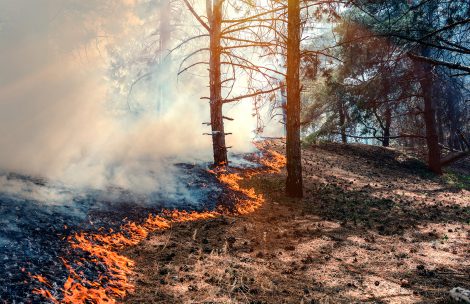Stage 2 fire restrictions begin Thursday, July 17
Restrictions apply to all of Garfield County and the seven fire districts
GCSO PRESS RELEASE
July 16, 2025
The Garfield County Sheriff’s Office, BLM lands in Garfield County, and the seven fire districts in Garfield County are implementing Stage 2 Fire Restrictions effective at 12:01 a.m. Thursday July 17, 2025. This applies to all of Garfield County.
This decision was made with thoughtful consideration. We look at the data as well as the potential for significant wildfires and balance it with the impacts to our community. The current active wildfires in Colorado have already stretched our available resources and effected our ability to respond as necessary.
Fire restrictions are implemented based on specific criteria to including moisture content of vegetation, weather outlooks, human risk factors and firefighting resource availability.
What Stage 2 fire restrictions mean in Garfield County
a. Gas grills – No permit required.
b. Charcoal and other solid fuel grills and cookers – No permit required in developed areas only.
c. In undeveloped areas, a permit from the local fire department may be required.
a. In undeveloped areas, allowed only in an enclosed vehicle or building.
a. Undeveloped area: Industrial use only. A permit from the local fire department may be required. Must be in a cleared area at least 10 feet in diameter with a designated lookout. Must have Class A fire extinguishing capabilities readily available.
a. If shooting at an unattended range – including those on public and private property – the responsibility for ensuring safe fire conditions falls on the independent shooter.
By definition:
A “developed area” is an area, whether within city limits or rural, that is groomed, manicured and or watered, where grasses, brush and trees are regularly attended to by landowner. This includes residential and business areas, improved recreational areas, parks and other common areas.
“Undeveloped areas” are lands that are not groomed, manicured, or watered; where grasses, brush and trees have been allowed to grow in a natural environment. This includes green belts that are not landscaped or manicured, open space lands, non-manicured parklands, and other areas where the fire hazard presented by the vegetation is determined by the authority having jurisdiction or designee to be an undue wildland fire hazard.


